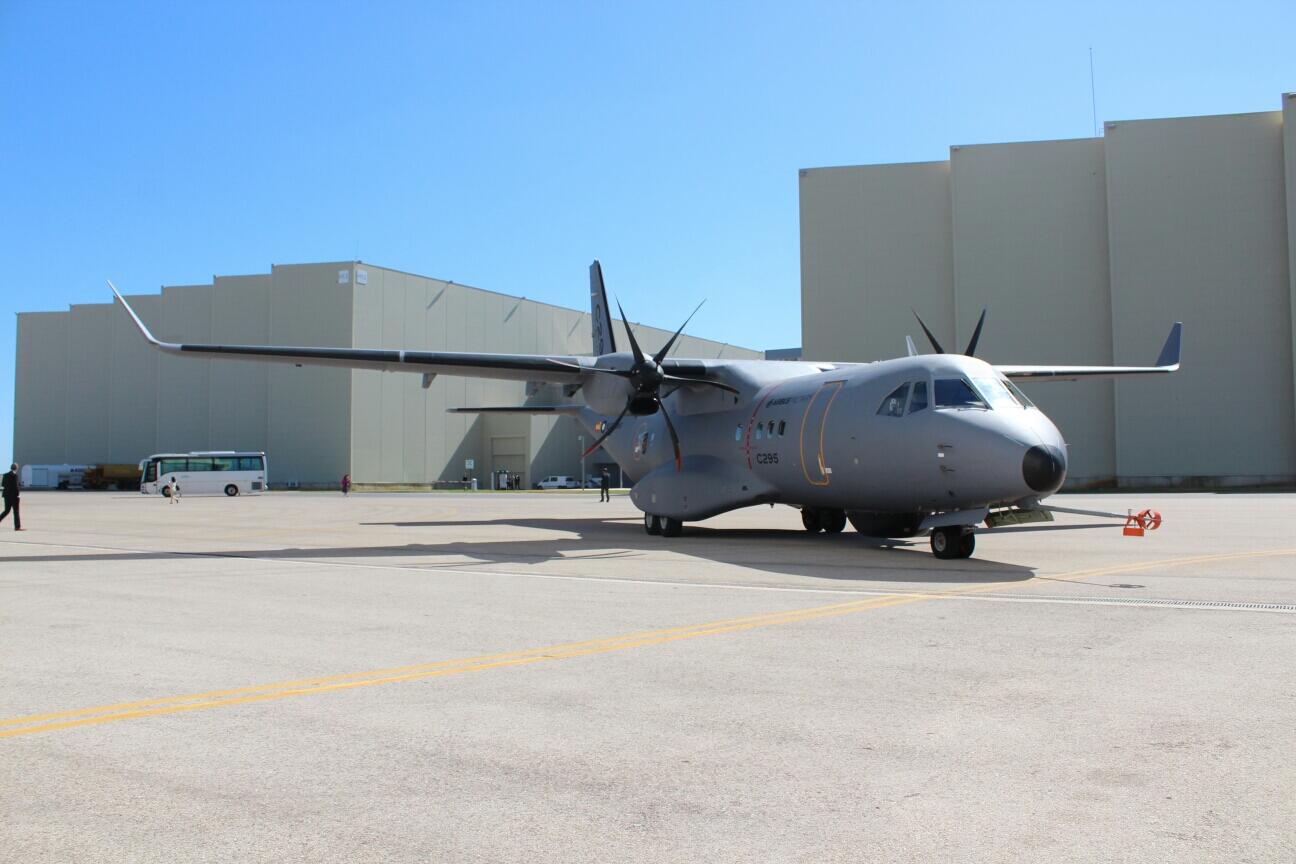“CRUZ DEL SUD”
El 19 de diciembre de 1951 se llevó a cabo un hecho trascendente, la realización del primer operativo Antártico de la Fuerza Aérea Argentina, denominado Operación "Enlace", en cumplimiento a una arriesgada e importante misión de exploración y salvamento en el Continente Helado.
La Fuerza Aérea de Tareas Antárticas (FATA), comandada por el extinto Vicecomodoro Gustavo Argentino Marambio, cumplió aquella misión utilizando un avión cuatrimotor de alta autonomía, El LV-ZEI (T-101) Avro 694 Lincoln II "Lincolnian" c/n 1407
RE350, RAF - Royal Air Force (Avro 694 Lincoln B. Mk. 2) rematriculado LV-ZEI en el año 1950 y bautizado con el nombre de “Cruz del Sud". Este avión originariamente había sido incorporado a la RAF con la matrícula RE350, aunque no llegó a prestar servicios en ella.
Fue modificado en el Reino Unido a pedido de la Fuerza Aérea Argentina; se le colocó la nariz y cono de cola del avión Lancastrian; se le eliminó el armamento, se le colocó una cúpula de navegación en lugar de la torreta dorsal y se le agregaron cuatro tanques de combustible, uno en la nariz y tres en el compartimiento de bombas, elevando su capacidad a 4615 galones.
Despegó de Ríos Gallegos (Provincia de Santa Cruz), sobrevolando las borrascosas aguas del estrecho de Drake, hasta avistar las islas Decepción y Melchior en pleno territorio Antártico, continuando su rumbo y cruzando al sur del Circulo Polar Antártico hasta el paralelo
70º Sur, recorriendo la Bahía Margarita y estableciendo enlace con la Base General San Martín del Ejército Argentino, situada en el islote Barry a los 68º07’S 67º08’W.
Se realizó en esta operación, el reconocimiento de esas tierras y el lanzamiento de elementos de supervivencia.
https://www.facebook.com/PabloAlbor...9934339777988/585074291597324/?type=1&theater










